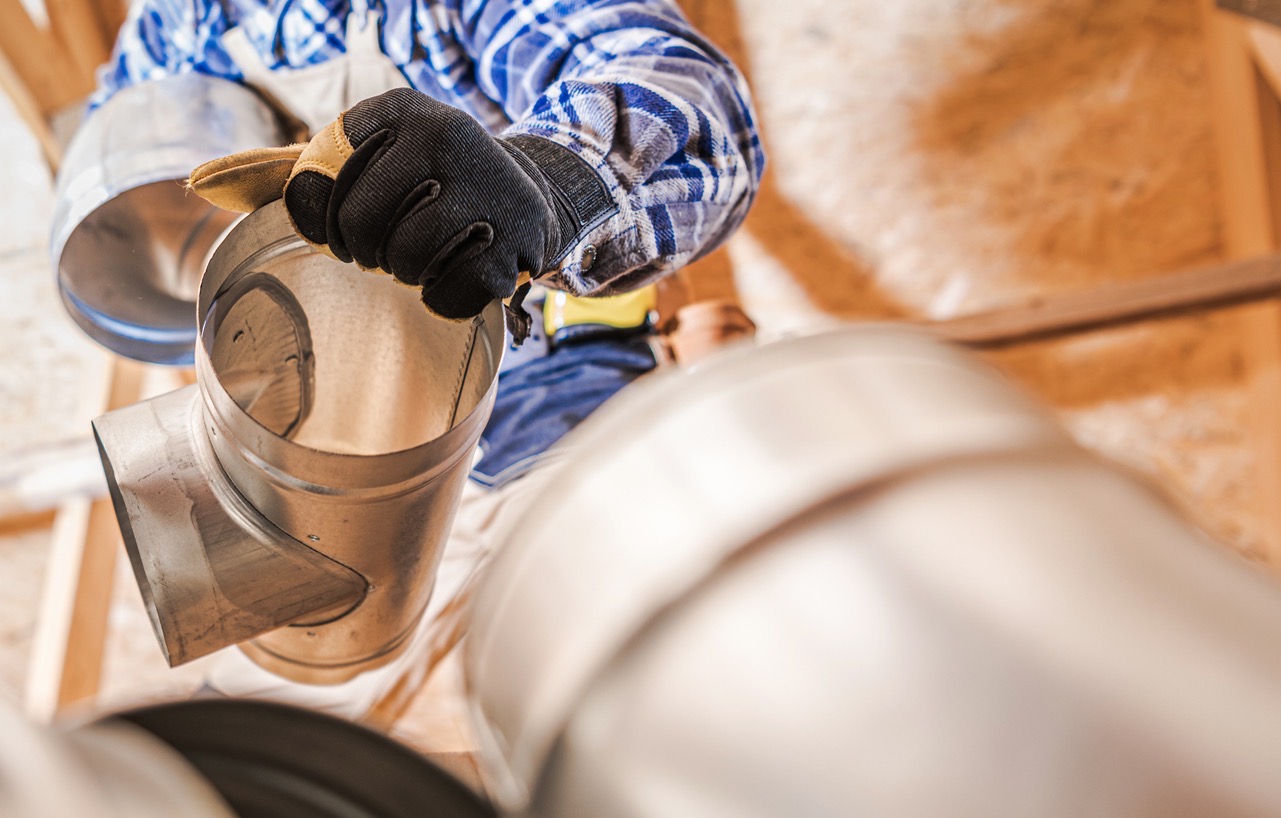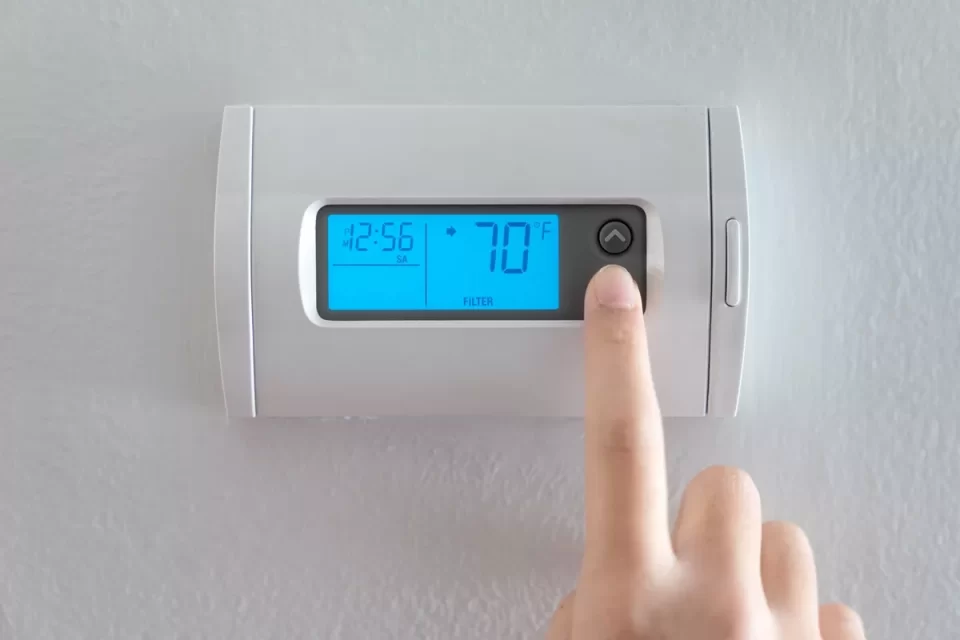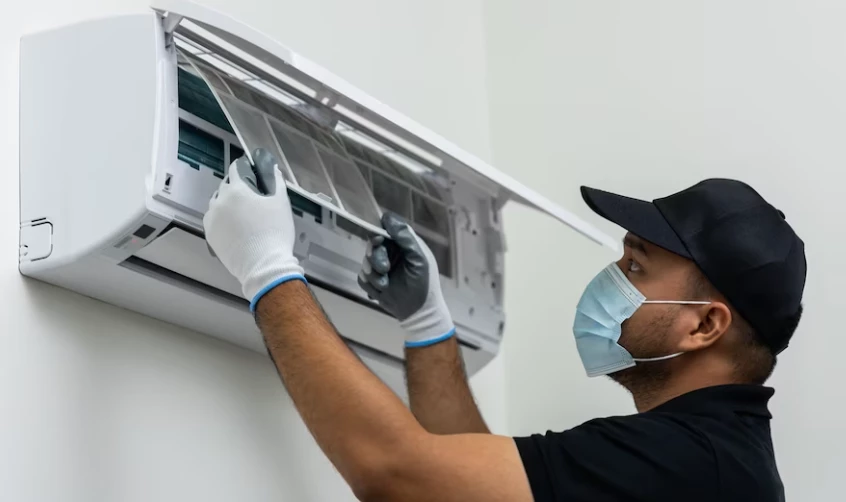Your HVAC works hard. Leaky ducts make it work harder—and you pay for air that never reaches your rooms. Duct sealing fixes those hidden losses, so your home feels more comfortable, your air stays cleaner, and your system runs the way it should. It’s not flashy, but it delivers big wins in comfort, air quality, and energy savings you can feel every day.
What Hidden Problems Can Leaky Ducts Cause in a Home?
Leaks in attics, crawlspaces, and garages waste energy and upset airflow. You’ll feel it in uneven rooms and see it on your bills. When conditioned air escapes before it reaches your living spaces, your system has to run longer to hit the setpoint. Meanwhile, unfiltered, unconditioned air sneaks in from dusty or humid areas and gets pushed through your home.
Sneaky signs you might notice:
- Uneven rooms: One room stays chilly, another feels stuffy, and the rest are “okay.”
- High bills, low comfort: You pay to condition the attic or crawlspace instead of the rooms you use.
- Persistent dust: Return leaks pull dirty air from unconditioned areas and distribute it inside.
- Door and draft quirks: Pressure imbalances make doors drift and drafts appear.
- Short cycling: The system runs longer and starts/stops more often because air never reaches the thermostat room efficiently.
Leaks don’t just waste energy; they change how your house breathes. Pressure imbalances can pull in outdoor humidity, attic fibers, or garage fumes. That’s the wrong air in the wrong places, and it can impact comfort, health, and long-term building materials.
How Does Duct Sealing Improve Indoor Air Quality?
Clean air depends on where it comes from and how it moves. Sealing lets you control both, so your home breathes on purpose, not by accident. When ducts are tight, the system draws air through the return path you intended, pushes it through the filter, conditions it, and delivers it to your rooms without detours.
Why sealing boosts IAQ:
- Stops return-side scavenging: Returns “breathe” from the house, not the attic or crawlspace.
- Cuts particle infiltration: Normalized pressure reduces pollen, dust, and fine debris sneaking in through cracks.
- Helps filters work: Tight ducts force air through the filter media, not around it.
- Controls moisture: Less humid, unfiltered air enters the system; you reduce condensation risks and mold-friendly conditions.
Perks you can feel:
- Less dusting and fewer surface films
- Fewer “mystery” odors from garages or crawlspaces
- Calmer allergies as seasons change
- More stable humidity—less sticky in summer, less dryness in winter
If you’ve upgraded filters or added an air cleaner, sealing is the missing foundation that makes those investments deliver.
Can Sealing Ductwork Reduce Strain on an HVAC System?
Yes. Sealing gives airflow back to your rooms and returns your equipment to its design sweet spot. Your furnace, heat pump, or AC relies on specific airflow to move heat and moisture effectively. When ducts leak, the equipment works outside its ideal range, which leads to wear, noise, and preventable repairs.
How sealing lowers system stress:
- Restores designed CFM: More air reaches registers, so coils and heat exchangers operate correctly.
- Prevents coil issues: Proper airflow reduces icing on cooling coils and nuisance high-limit trips on heat.
- Cuts runtime and cycling: Rooms reach setpoint faster and hold it longer; the system starts less often.
- Protects motors: Lower static pressure keeps blowers within efficient operating ranges.
Sealing is like removing the parking brake you didn’t know was on.
Why Is Professional Duct Sealing a Worthwhile Home Investment?
You can patch a visible seam with foil tape and see small gains, but professional sealing goes further, lasts longer, and verifies results. A pro treats the whole system: trunks, branches, boots, returns, and the air handler cabinet—then proves the improvements with numbers.
What pros bring:
- Testing & proof: Duct blasters, manometers, and airflow readings establish a baseline and measure improvement. You get before/after numbers, not guesses.
- Right materials: UL-rated mastics and code-approved tapes stand up to heat, vibration, and time; they won’t peel when seasons change.
- Hidden leak finders: Boot-to-drywall joints, trunk transitions, panned returns, and cabinet penetrations often leak most; pros know where to look.
- Safety & code: Techs protect combustion air and flues on gas appliances and avoid backdraft risks.
- System thinking: Sealing often pairs with straightening crushed flex, adding balancing dampers, improving returns, and tuning fan speeds.
Where ROI shows up:
- Lower energy bills: Less waste, shorter runtimes, steadier airflow.
- Comfort you can feel: Even temperatures in bonus rooms, over-garage spaces, and far bedrooms.
- Longer equipment life: Reduced strain means fewer breakdowns and a longer replacement runway.
- Better resale story: Documented duct sealing with test results tells buyers the home’s “bones” are sound.
Bonus wins: Quieter registers, cleaner surfaces, and better performance from add-ons like UV lights, air cleaners, and humidifiers, because air actually passes through them.
When Duct Sealing Punches Above Its Weight
Some homes see especially big gains. If you recognize these scenarios, sealing often delivers standout results.
- New system, old ducts: You upgraded equipment but kept leaky 1990s ductwork. Sealing unlocks performance you already paid for and lets the new unit shine.
- The bonus room sauna: Over-garage rooms and far-end bedrooms often starve for airflow. Sealing plus basic balancing turns them into real, year-round living spaces.
- Dust that never quits: Return leaks from the attic or crawlspace feed dust into the home. Tight returns calm the problem at the source.
- Noisy vents: High static from leaks and kinks drives turbulence. Sealing and corrections make airflow smoother and quieter.
What to Expect During Professional Duct Sealing
A well-run job is part diagnostics, part precision fix—zero drama, clear results.
1) Assessment & Testing
Inspect supply/return trunks, branch connections, boots, and the air handler cabinet.
Measure static pressure and total leakage to set a baseline and identify priorities.
2) Prep & Access
Protect floors and furnishings. Clear paths in attics or crawlspaces. Set lighting and safety measures to work efficiently.
3) Seal & Correct
Apply mastic or aerosol sealant to seams, joints, and boots. Replace crushed or torn flex runs; re-strap sagging lines to reduce friction. Seal cabinet penetrations, wiring holes, and bypasses around filters or coil doors.
4) Balance & Verify
Adjust dampers and, when appropriate, blower speed to hit design airflow. Re-test leakage and pressure; confirm improvements at key registers. Document gains with photos and a results summary.
5) Debrief & Care Tips
Review results and next-step recommendations (e.g., higher-MERV filter that fits your static pressure, additional returns, or minor insulation fixes). Share simple maintenance tips: keep returns clear, replace filters on schedule, and watch for crushed flex after attic work.
Outcome: Calmer airflow, steadier room temps, reduced dust, and a system that finally feels “right.”
Ready to Turn “Good Enough” Air into “That Feels Better” Air?
If your home has rooms that sulk, dust that reappears, or bills that push your budget, make your ductwork earn its keep. We deliver a data-first sealing session that goes beyond patchwork and focuses on results you can feel.
What you get:
- Whole-system duct leakage test with before/after numbers you can keep
- Targeted sealing using professional-grade mastics (and aerosol options when appropriate)
- Airflow balancing to even out stubborn rooms and calm noisy vents
- Static pressure optimization to reduce equipment strain and runtime
- A clear, homeowner-friendly report summarizing gains and practical next steps
You don’t have to keep paying to condition your attic or crawlspace. Call us today to get started!



